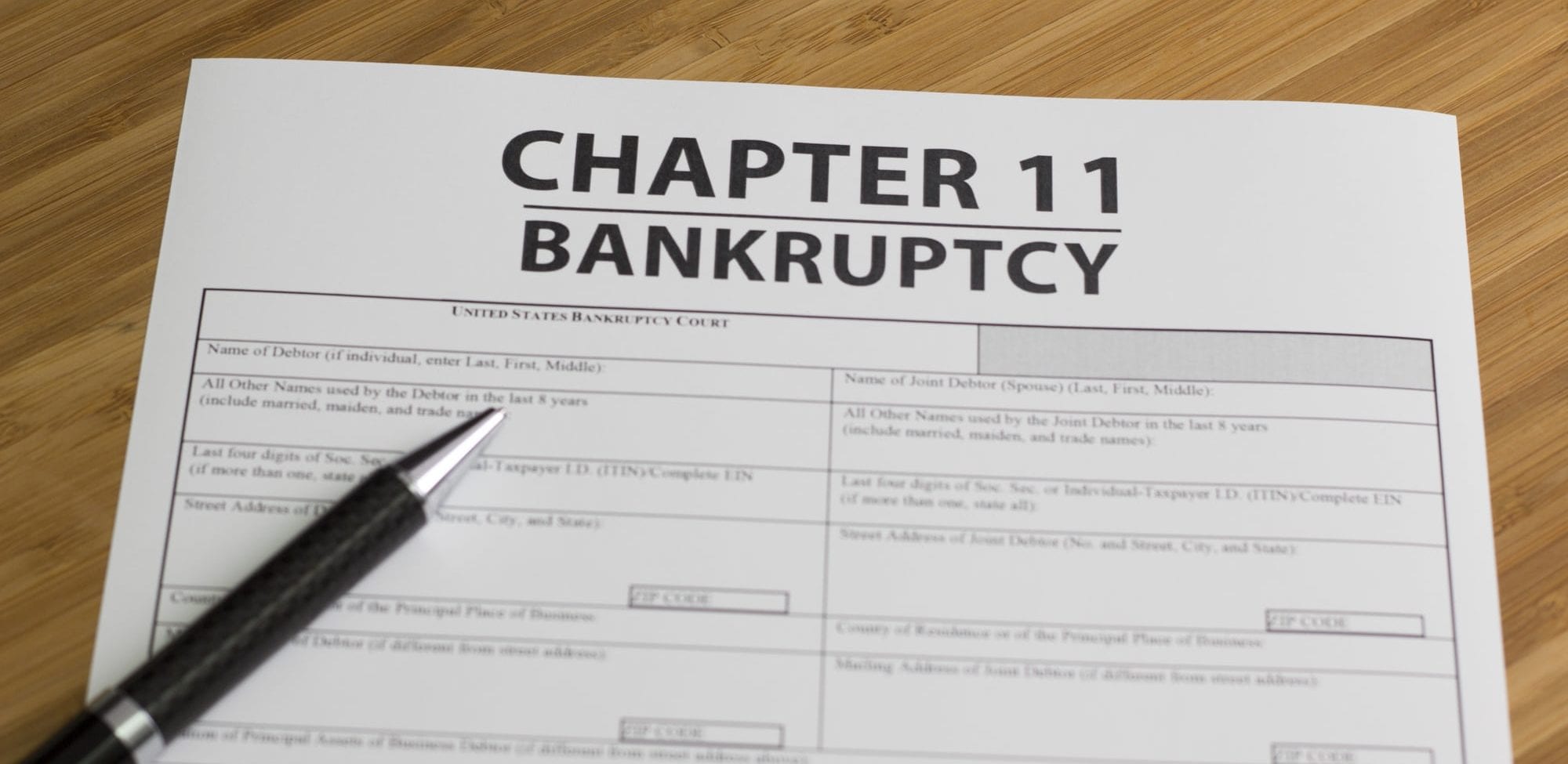Bankruptcy can be a viable financial strategy for individuals and businesses under certain circumstances. The goal of filing for bankruptcy is to eliminate or reduce debt and obtain a fresh start financially. Understanding the strategic reasons why one might file can help determine if bankruptcy is the right choice.
Getting Relief From Overwhelming Debt
One of the main strategic reasons to file for bankruptcy is to get relief from excessive debt that has become unmanageable. With high amounts of debt, you may struggle to keep up with minimum payments and experience constant stress. Filing for bankruptcy stops collection activities and foreclosures. It provides the opportunity to develop an organized repayment plan or discharge qualifying debt. This gives you breathing room to start rebuilding your financial health.
Protecting Assets
Certain types of bankruptcy allow you to keep specific assets protected. For example, Chapter 7 bankruptcy lets you retain exempt property like your home, vehicle, clothing, and household items. Chapter 13 enables you to catch up on payments and avoid repossession. Bankruptcy exemptions vary by state. However, the strategic benefit is saving assets essential for a minimal standard of living.
Stopping Collection Activities
The automatic stay triggered by bankruptcy stops wage garnishments, lawsuits, harassing calls, and other collection efforts. This provides powerful leverage if you’re facing legal action. Secured creditors may still repossess property like a home or car if you don’t keep up payments. However unsecured creditors must cease collection attempts during the bankruptcy process.
Qualifying for Debt Discharge
Getting debts discharged is a primary incentive for filing bankruptcy. The type of bankruptcy you file determines discharge eligibility. For example, Chapter 7 liquidation discharges many unsecured debts such as credit cards, medical bills, and personal loans. Chapter 13 repayment plans enable the discharging of remaining balances after payments conclude. Student loans, taxes, and alimony generally can’t be discharged. Strategic use of bankruptcy may wipe the slate clean on qualifying debt.
Reestablishing Credit
A common myth is that bankruptcy ruins your credit forever. In reality, the severe negative impact starts to improve after a couple of years. Responsible use of credit during the rebuilding process can accelerate the improvement of your score. Most bankruptcy records stay on credit reports for 7-10 years. But the strategic benefit is establishing a new positive payment history.
Gaining Financial Breathing Room
The automatic stay, asset protection and debt discharge all provide temporary financial relief. This breathing room enables focus on long-term financial planning without drowning in debt. Bankruptcy protection combined with budgeting, debt management, and rebuilding credit can strategically facilitate recovery. It’s a chance to reevaluate finances and avoid repeating past mistakes.
In conclusion, viewing bankruptcy as a financial strategy versus a last resort option can empower more informed decisions. The strategic benefits of debt relief, asset protection, stopping collections, discharging debt and improving credit over time may outweigh perceived drawbacks. Understanding both pros and cons allows making the best choice for your unique situation.







